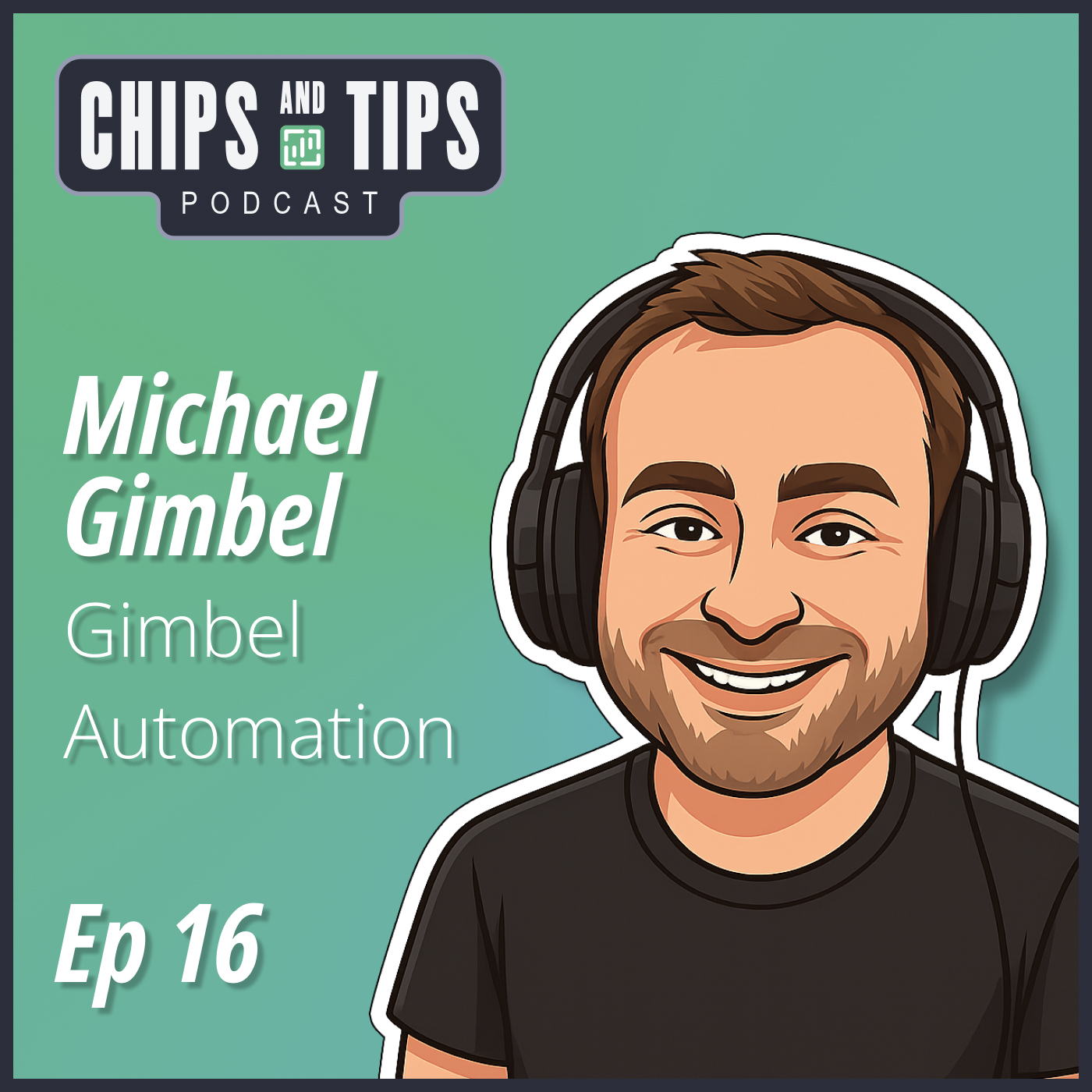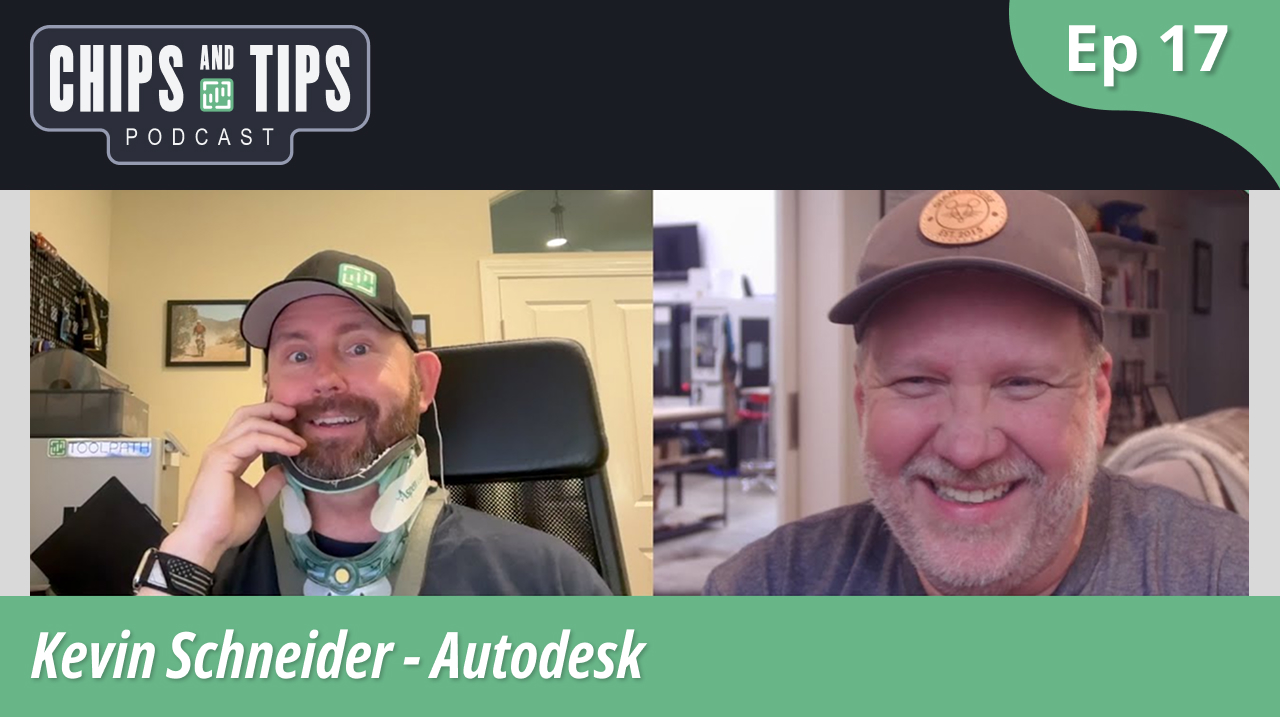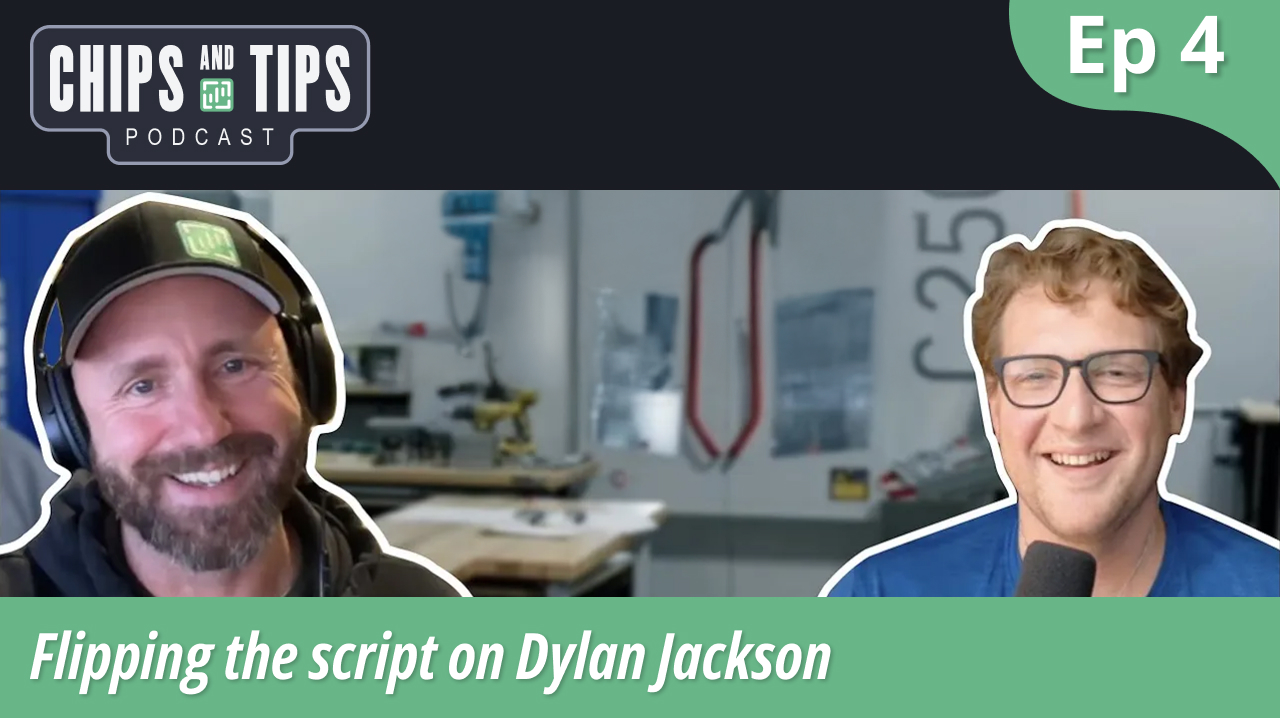
CNC automation is not one-size-fits-all. In this episode, Justin and Michael break down pallet loading vs part loading in plain English, share the real bottlenecks shops hit, and map a practical path from an affordable one op setup to a robust two op workflow. If you are deciding between a pallet pool and a spindle gripper, this conversation will help you pick what pays back fastest for your mix.
Pallet Load or Part Load episode summary
Start with clear definitions, not hype
Michael draws a straight line between the two main approaches to CNC tending. Part loading means a gripper or vacuum tool picks up individual blanks and places them in an actuated vise or chuck, often running op one and sometimes op two. Pallet loading moves full fixtures or vices in and out of the machine on a pallet pool. The trade is obvious: part loading reduces touch time per part, while pallet loading often shifts labor to loading and torqueing fixtures.
In automation, regardless of if it's pallet tending or part tending, the problems people encounter are not the problems that they think they're going to encounter.
Chips are not your real problem
Most shops fear chip contamination when they picture a spindle gripper. Michael is blunt that chips are almost never the limiting factor. With sensible soft jaws and coolant flow, chips are easy compared to the real work of integration, probing strategy, and reliable handoff between ops. In other words, pick your automation path based on workflow, not chip paranoia.
The practical path: one op today, two op when you are ready
There is a low-cost, low-drama way to start. A one op kit with spindle gripper, pneumatic vise, and an M‑code air kit is about five grand and can be learned in a day. Two op automation is a bigger lift and takes real time to tune. Budget roughly 20 to 25 grand for a semi‑turnkey two op system, and expect around 20 hours of setup and process dialing even with prebuilt macros. If you need a pallet loading route, expect an IntraLoad class system to start near 30 grand and land around 50 grand with vices and pallets. Price transparency matters because it keeps your ROI math honest.
The two‑op stuff, I'm not gonna lie, it's gonna take you 20 hours to figure it out.
High mix vs steady runners: where each wins
For truly high‑mix, low‑volume work, Michael endorses five‑axis with a pallet system for fast changeovers and orientation flexibility. When volume creeps up, part loading can crush labor hours, especially when you can magazine stack blanks and load hundreds of parts in minutes instead of torqueing pallet after pallet. The key is to match the approach to your real batch sizes and changeover burden, not the machine you happen to own.
A bottle opener tells the story
Justin tests the thinking on a simple two‑op bottle opener he sometimes runs in lots of 500. A one op tray on a Brother can create an hour or two of walk‑away time with only a few thousand dollars invested, then a manual flip finishes the parts. If the mix demands it, stepping to two op automation or a palletized five‑axis cell becomes attractive. The point is to earn time back quickly, then scale with confidence.
Pallet loading makes you a lot more efficient, but it does not actually reduce the amount of work you have to do. Part loading reduces the amount of work you have to do.
Vacuum or gripper, or both
For regular shapes and stock-in, vacuum is a slam dunk. For second ops and irregular edges, a gripper is universal. The ideal toolkit pairs the two, so you can pick raw stock in op zero and finished geometry in op two without redesigning jaws every time. That flexibility protects your automation investment across part families.
Watch 'Pallet Load or Part Load'
Similar Blog Posts






